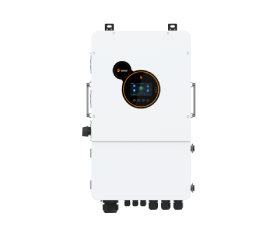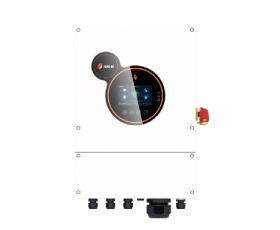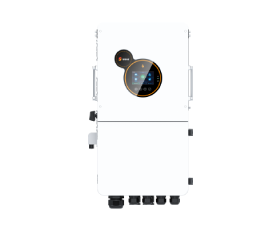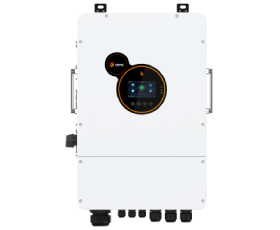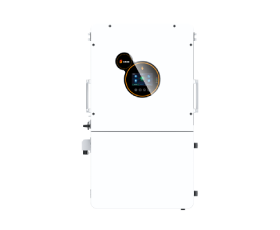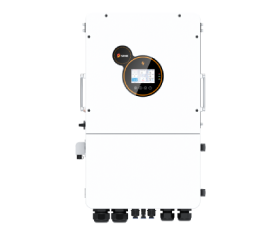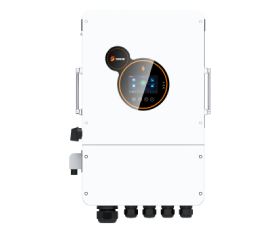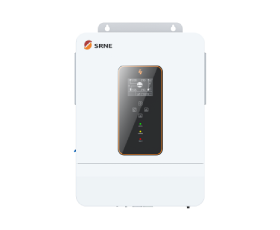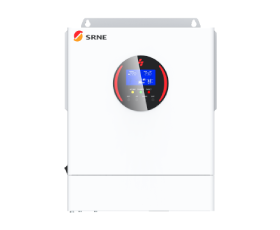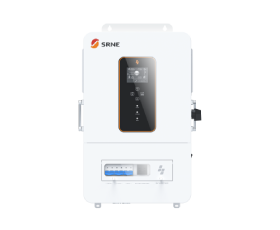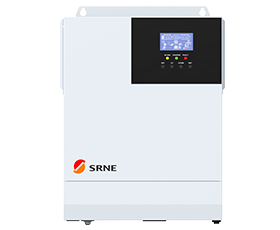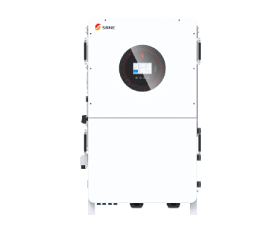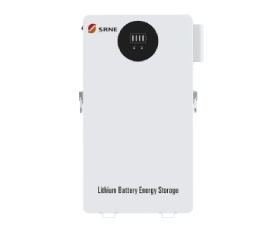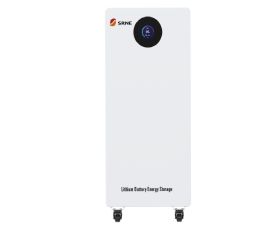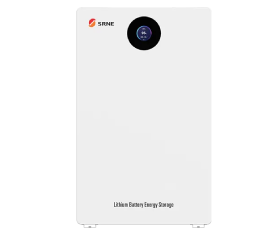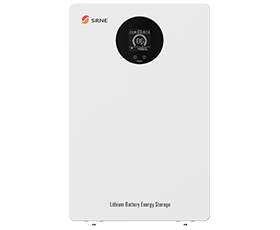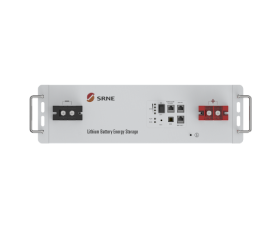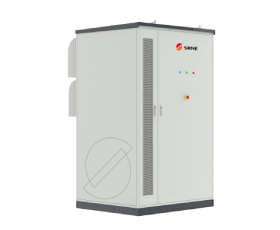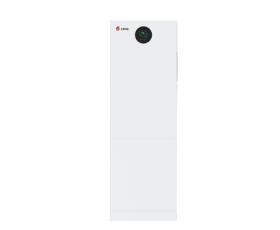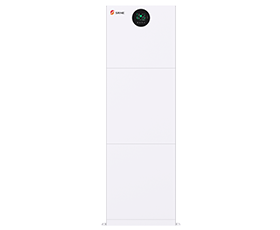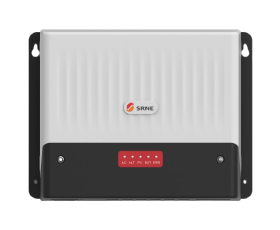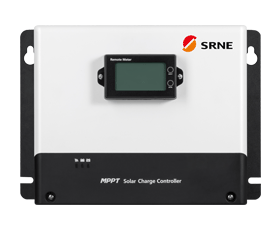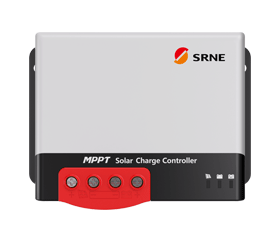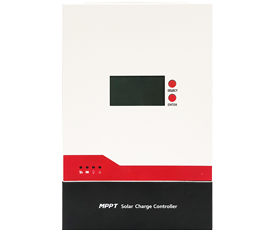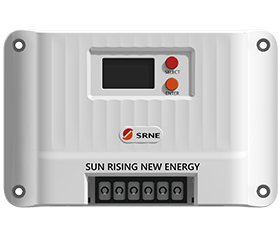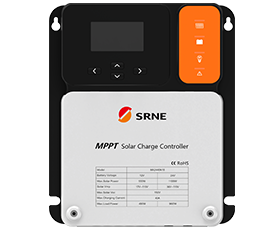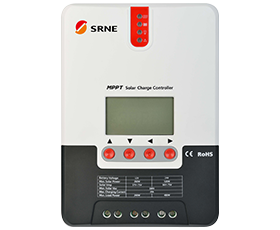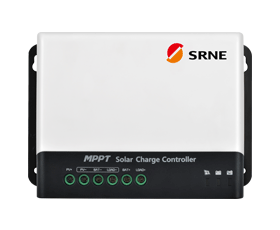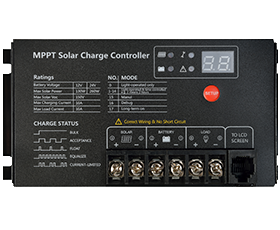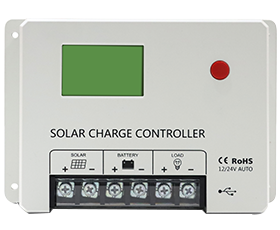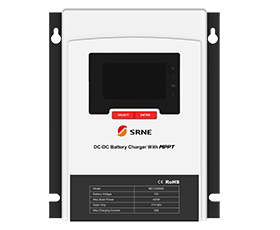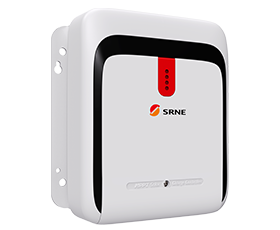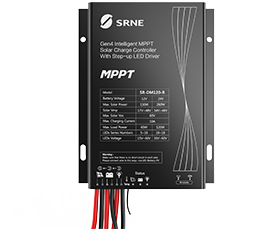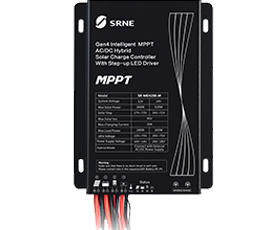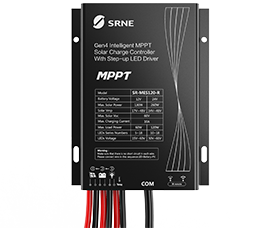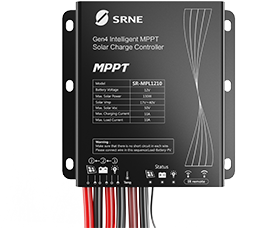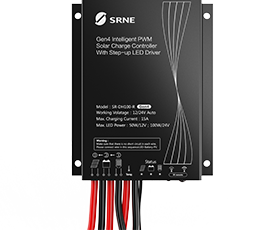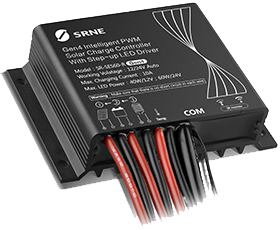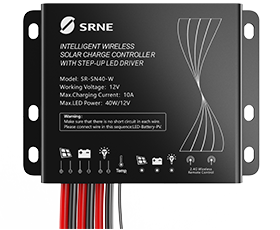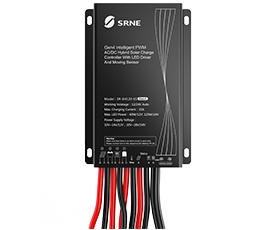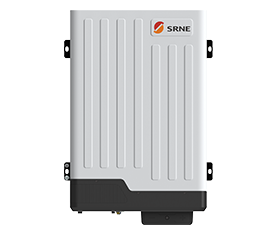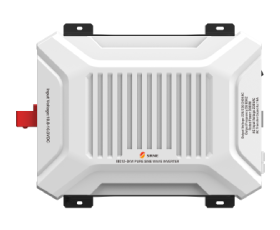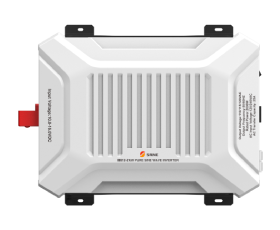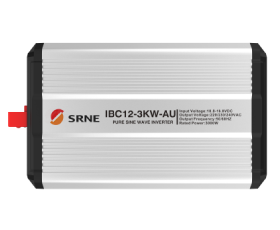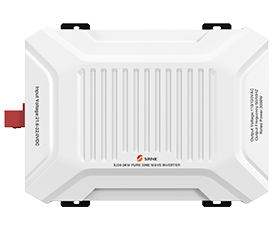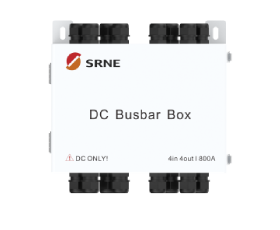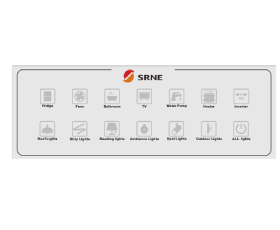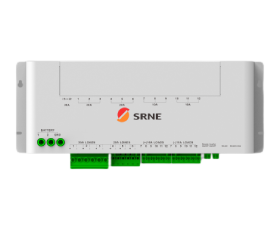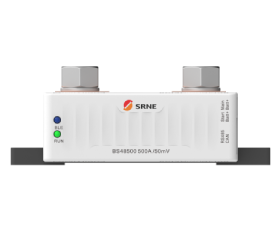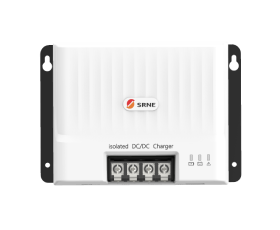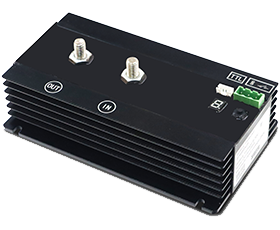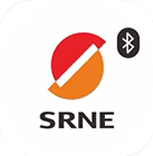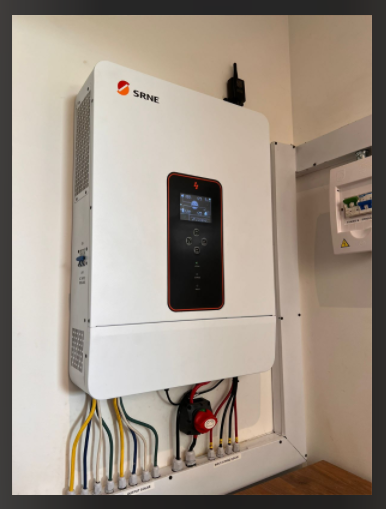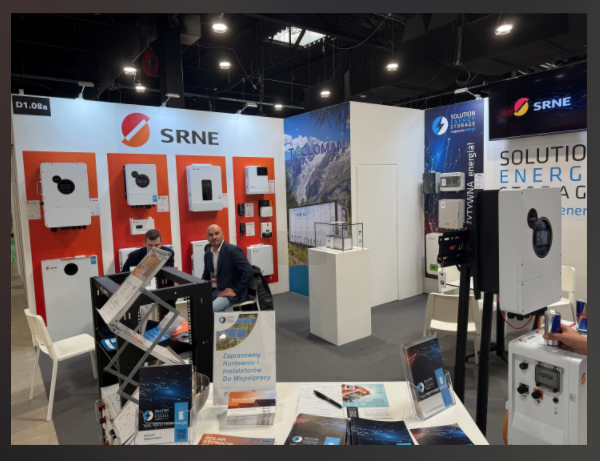How to Choose the Right Off-Grid Solar Inverter
In this guide, we’ll walk you through the key elements to consider when selecting an off-grid solar inverter in 2025, including power sizing, system voltage, MPPT channel efficiency, brand reliability, and battery integration.
Learn more in our Best Off Grid Inverter for Home Use (2025 Buyer’s Guide) for expert picks and installation tips.
1.Off-Grid Solar Inverter Power Capacity and Voltage
1.1 Understand Your Load Requirements
When choosing an off-grid solar inverter, the most important initial step is to thoroughly evaluate your total power consumption. This assessment should include both continuous loads—such as refrigerators, fans, and routers that operate consistently—and intermittent loads like microwaves, blenders, or washing machines, which run sporadically or for short durations. To begin, compile a comprehensive list of all the devices you plan to power and calculate their combined wattage, taking into account how long each appliance will typically run each day. Moreover, it's essential to consider any anticipated future increases in power demand, particularly in off-grid systems where adaptability and scalability are crucial for long-term use.
For example, a small household generally requires between 3 and 5 kW to cover basic daily electricity needs, whereas larger residences, workshops, or farms might demand anywhere from 6 to 10 kW or even more. Given that off-grid setups often necessitate tighter control over energy use, prioritizing energy-efficient appliances and implementing mindful consumption habits can significantly enhance system efficiency and prolong battery lifespan.
For a deeper look at why off-grid inverters are ideal for remote applications, check out our article on
https://www.srnesolar.com/articledetail/off-grid-inverters-the-best-choice-for-remote-areas.html
1.2 Solar Inverter Output: Continuous & Surge Power
Inverter power ratings are typically categorized into two types: continuous power and surge power. Continuous power indicates the amount of electricity the inverter can consistently supply over extended periods. Surge power, on the other hand, represents a brief energy boost—usually lasting a few seconds—that the inverter can deliver to start high-demand inductive loads such as motors, pumps, or refrigerators that require a higher startup current.
For instance, an inverter rated for 5,000 watts continuous power and 10,000 watts surge power is capable of handling heavy-duty appliances that demand a short power spike at startup. To ensure reliable operation and avoid potential damage or frequent shutdowns, it is advisable to choose an inverter whose continuous power rating exceeds your calculated load by 20% to 30%. At the same time, verify that the inverter’s surge capacity matches or exceeds the startup power requirements of your appliances.
1.3 Off-Grid Solar Inverter System Voltage: 12V, 24V, or 48V?
Off-grid inverters are commonly designed to work with battery banks operating at 12V, 24V, or 48V. Selecting the appropriate system voltage primarily depends on the scale of your installation and your efficiency targets. A 12V system is typically suitable for small setups under 1 kW, such as RVs, boats, or compact cabins. However, because 12V systems carry higher currents, they require thicker cables, which can cause efficiency losses, especially over longer cable distances.
For installations in the 1 to 3 kW range, a 24V system often strikes the best balance. It significantly reduces the current load, allowing for the use of thinner cables and lowering overall energy losses, thus enhancing system performance. When dealing with larger setups exceeding 3 kW, such as full off-grid homes, farms, or commercial applications, 48V systems are highly recommended due to their superior efficiency and improved battery bank operation.
Additionally, higher voltage systems typically support higher MPPT input voltages, which enables longer solar panel string configurations and minimizes voltage drops across the wiring. As a best practice, always ensure that your inverter’s voltage rating matches that of your battery bank, and confirm compatibility with your solar charge controller to guarantee safe, stable, and efficient system operation.
2. MPPT Channels
2.1 What Is MPPT and Why It Matters
Maximum Power Point Tracking (MPPT) is a sophisticated control method integrated into solar charge controllers to maximize the power extracted from photovoltaic panels. Due to constantly changing environmental conditions—such as fluctuations in sunlight intensity, temperature variations, and varying electrical loads—the voltage and current output of solar panels never remain constant. MPPT controllers dynamically track and adjust the operating parameters to keep the panels running at their optimal power point. This continuous adjustment ensures the highest possible energy yield at any given moment. For off-grid solar systems, where energy resources are often limited and efficiency is paramount, MPPT technology is essential to enhance overall energy conversion and system reliability.
2.2 Single vs Dual MPPT: Selecting the Right Setup for Complex Arrays
When configuring a solar inverter, the number of MPPT channels can significantly impact performance, especially for installations with diverse panel orientations and conditions. A single MPPT channel is adequate for systems where solar panels are installed uniformly and exposed to similar sunlight patterns. However, in more complicated scenarios—such as arrays with different azimuths, tilt angles, or partial shading—a dual MPPT inverter is advantageous. This design allows independent optimization of separate panel strings, reducing energy losses caused by uneven light exposure or shadowing. Consequently, dual MPPT inverters deliver improved energy harvesting efficiency and greater flexibility, making them the preferred choice for large-scale or geographically complex off-grid solar systems.
2.3 Efficiency Gains in Off-Grid Environments
Efficiency is a critical factor for off-grid solar setups, as it directly influences battery lifespan and the consistency of power availability. Inverters equipped with multiple MPPT inputs provide refined control over voltage and current from each solar string, which leads to superior energy capture compared to single MPPT systems. This improved efficiency translates to higher energy storage in batteries and lowers the need for supplementary power sources like generators. Furthermore, advanced MPPT algorithms help reduce thermal losses and electrical inefficiencies, ensuring more stable and reliable operation. For users reliant on off-grid power, enhanced MPPT performance maximizes renewable energy use and guarantees uninterrupted electricity for essential loads, thereby improving both system durability and user satisfaction.
3.Off-Grid Solar Inverter Brand, Warranty, and Support
3.1 Why Trusted Brands Matter in Off-Grid Systems
When investing in off-grid solar inverters, selecting a reputable and established brand is paramount. Brands with solid reputations typically demonstrate consistent product quality, robust durability, and reliable performance—factors that are crucial in off-grid scenarios where system failures can lead to significant inconvenience or loss. Leading manufacturers often prioritize extensive research and development, integrating cutting-edge technologies and meeting stringent safety standards.
Additionally, well-known brands implement rigorous quality control processes during manufacturing, resulting in fewer defects and extended equipment lifespan. In remote or isolated locations where professional technical support might be scarce, choosing a trusted brand helps minimize downtime risks and costly repairs, effectively protecting your investment over the long term.
Our brand, SRNE, excels in providing comprehensive off-grid solar solutions tailored for self-sufficient energy systems. Designed to deliver reliable power to residential and other applications in regions lacking access to grid electricity or where grid supply is unstable, SRNE’s off-grid systems combine advanced technology with proven durability. A flagship product, the AFP Series Off Grid Solar Inverter (5KW | Single-Phase), exemplifies this commitment by offering stable and efficient power conversion ideal for various off-grid applications. With features optimized for reliability and ease of integration, the AFP Series ensures consistent, uninterrupted energy supply, making SRNE a trusted choice for off-grid solar power needs.
3.2 Warranty Terms: What to Look For
Careful examination of warranty terms is essential when selecting an off-grid solar inverter, as a comprehensive warranty reflects the manufacturer’s confidence in their product’s longevity and reliability. Important factors to consider include the length of warranty coverage, what components are covered, and any conditions that might affect warranty validity. Warranties typically range between three to ten years and often cover defects in materials and workmanship. Some even include guarantees related to system performance or battery components when bundled. It is also vital to understand exclusions such as damage resulting from improper installation, misuse, or adverse environmental conditions. Opting for an inverter backed by a clear, fair, and thorough warranty can shield you from unexpected repair costs and ensure dependable operation throughout the device’s expected lifespan.
3.3 Technical Support and After-Sales Service: A Lifeline in Remote Areas
In off-grid solar systems, reliable technical support and after-sales service are indispensable, especially for users in remote areas where expert assistance is not readily available. Solar inverters, being complex electronic devices, may occasionally require troubleshooting, firmware upgrades, or repairs. Reputable manufacturers or suppliers typically provide diverse support channels—such as telephone, email, live chat, and sometimes on-site visits—to address these needs promptly.
Moreover, access to detailed user manuals, installation guides, and online troubleshooting resources empowers users to resolve many common issues independently. Fast and effective customer service not only reduces system downtime but also helps maintain consistent power supply, which is critical for off-grid users relying on uninterrupted energy. Therefore, partnering with a supplier known for strong post-sales support significantly contributes to the overall success and reliability of your off-grid solar investment.
4.Off-Grid Solar Inverter Battery Compatibility
4.1 Supported Battery Types
Our inverters are compatible with multiple battery technologies such as LiFePO4, Lead-Acid, AGM, and Gel, providing versatile energy storage options for different applications.
4.2 Smart Battery Management Features
Built-in intelligent battery management helps safeguard battery health by optimizing charge cycles and preventing overcharge or deep discharge, thereby prolonging battery life.
4.3 Scalability and Depth of Discharge Considerations
Designed for flexible expansion, the system supports varying battery capacities and allows customization of depth of discharge limits to achieve an optimal balance between usable energy and battery durability.
Read more:
Looking for reliable brands? Check out our list of the Top 10 Off-Grid Inverter Manufacturers in 2025 to make an informed choice.
https://www.srnesolar.com/articledetail/2025-top-10-off-grid-inverter-manufacturers.html
Need help with setup? Follow our Step-by-Step Off-Grid Inverter Installation Guide for smooth wiring and best practices.
Not sure which inverter type suits your needs? Compare the pros and cons of hybrid vs. off-grid inverters to make the right decision.
https://www.srnesolar.com/articledetail/pros-cons-hybrid-solar-inverter-vs-off-grid-inverter.html
Conclusion
An off-grid solar inverter is more than just a piece of hardware—it’s the heart of your energy independence. From accurately sizing power capacity to selecting an inverter with intelligent MPPT tracking and reliable battery management, every detail contributes to long-term performance and peace of mind.




















